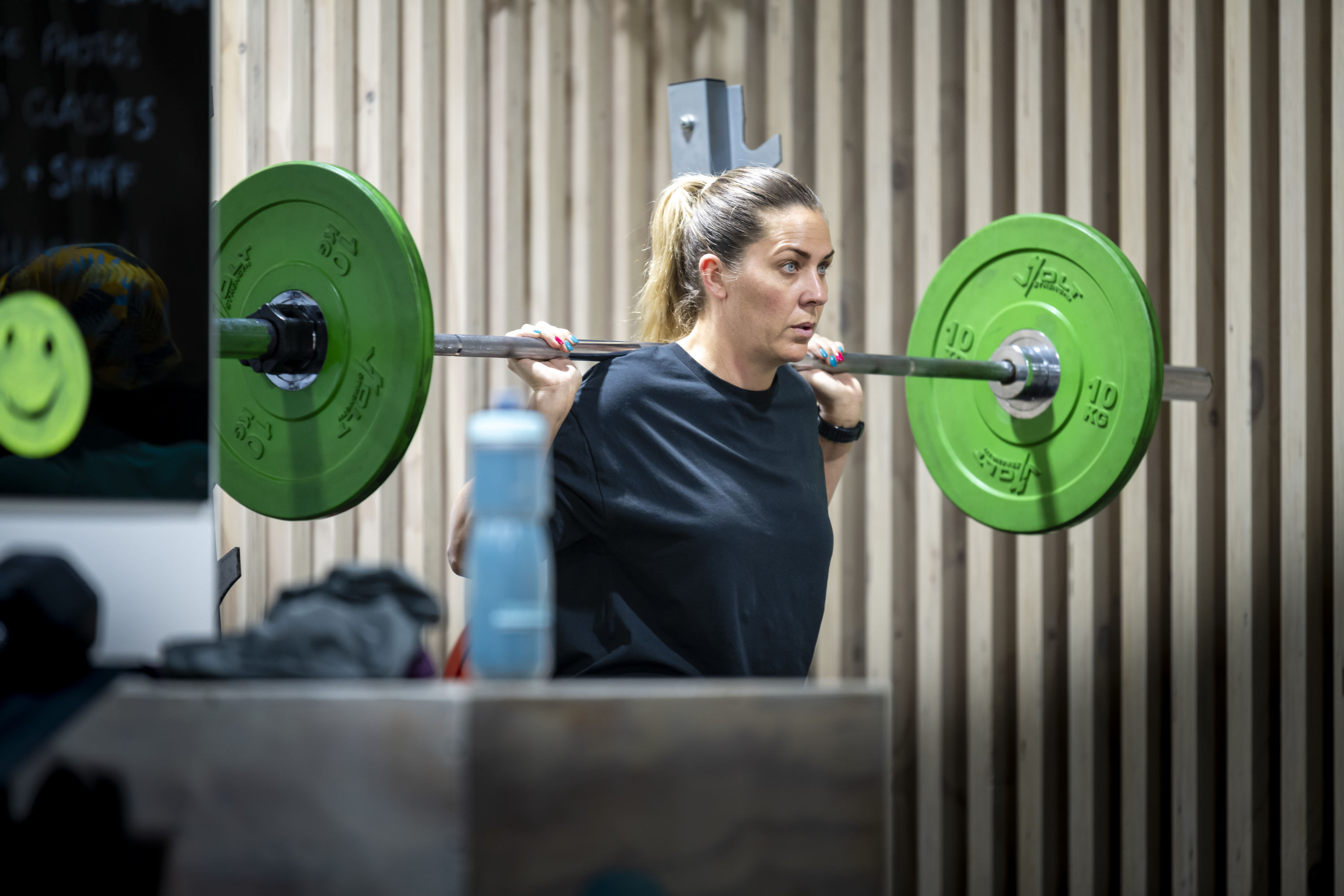
Knee Pain
Ever have that feeling of pain in your knee, either with long periods of sitting, or doing your sport or gym activities and your pain just keeps getting worse?
This could be running, going up stairs, jumping, squatting. It is also commonly called runner's knee or anterior knee pain. The area between your patella and femur bone becomes aggravated as a result of the load going through your knee joint and the muscles which attach to the patella are pulling it through the groove.
How do I get it?
It's more common than you might think. Around 25% of the population will develop PFP at some stage in their life. Anterior knee pain may develop as result of increased training load and poor recovery or time between training. Also it may result from an injury or decreased control of muscle activation around the knee or above and or below the joint.
What can I do in the short term?
Address if there was a training error to blame for the injury. This training error could be due to poor strength training when fatigued creating poor control or poor biomechanics (how we move). If you are suffering with knee pain ensure not to push through when running and monitor for swelling. Increasing quad and glut strength will help with patella instability.
How do you strengthen your quads in a way that will be beneficial for your knee?
• Sumo squat
• Wall squat double leg to 45° + hold
• Wall squat other leg on toes to 45° + hold
• Double leg squat to 45° + hold (add weight)
• Double leg squat easing deeper + holds (add weight)
Beyond's Top tips
• Little but often
• When squatting keep your knees in line with your toes and weight through your laces
• Time under tension meaning doing the movements slowly and really thinking about activating the muscles
These progressions are safe for your knee and will start your rehab journey if you are experience knee pain, although you dont need to be in pain to start these exercise as prehab is alway better than rehab.
What can the physio do?
A physio can help in your rehabilitation journey if you are suffering from knee pain by guiding you with appropriate pain management, activity modification, exercises, and return to sport that is unique to you. We want to be here to help you every step of the way and we believe it’s important you are well supported through the process of recovery and beyond!
What's the long term solution?
Strength programme that can be done either at home or in the gym as part of your ongoing rehabilitation. Keep your glutes and quads strong. It's good to keep the maintenance up all year round which can be done 2 x per week. This lessens your chances of developing PFP as it is usually a loading issue that causes the pain.






